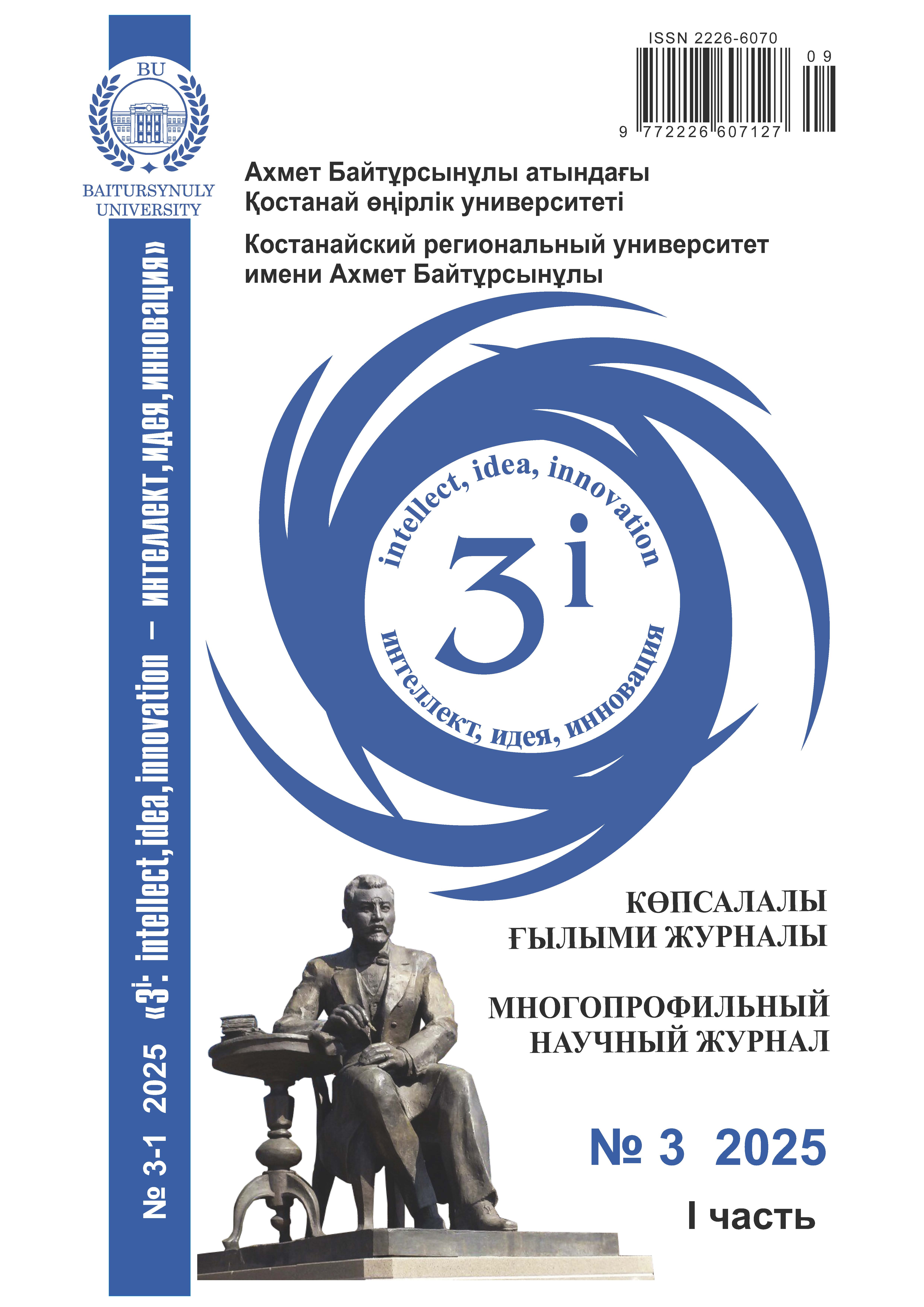GRANULOMETRIC COMPOSITION AND SORPTION PROPERTIES OF BOTTOM SEDIMENTS OF RESERVOIRS IN KAZAKHSTAN: AGROECOLOGICAL POTENTIAL AND EXPRESS ANALYSIS METHODS
DOI:
https://doi.org/10.52269/KGTD2531186Keywords:
granulometric composition, bottom sediments, soils, fraction, X-ray fluorescence spectral analysis, correlation dependenceAbstract
The article presents the results of studies on the bottom sediments of the coastal zones of the Verkhnye-Tobol and Karatomar reservoirs, located in the Republic of Kazakhstan. Fieldwork was conducted during the winter season using adapted sampling techniques for collecting bottom sediments and water from beneath the ice cover. The study found that particle fractions smaller than 0.1 mm exhibit high sorption capacity for organic matter, heavy metals (Zr, Ni, Cu, Zn, As, Y, Pb, etc.), metal oxides, and phosphorus compounds (Al₂O₃, Fe₂O₃, K₂O, TiO₂, MnO, P₂O₅). Conversely, elements such as chromium, sulfur, cobalt, as well as oxides of silicon, magnesium, and calcium show weak correlations with fine and alluvial fractions. Rapid analytical methods based on X-ray fluorescence spectroscopy were developed for determining the chemical composition. Stable correlations were established between the granulometric composition, chemical elements, and organic matter. The findings have practical value not only for environmental monitoring but also for agricultural applications—serving as a foundation for the reuse of organic-rich bottom sediments as organomineral fertilizers capable of improving soil fertility and reclaiming degraded lands.




